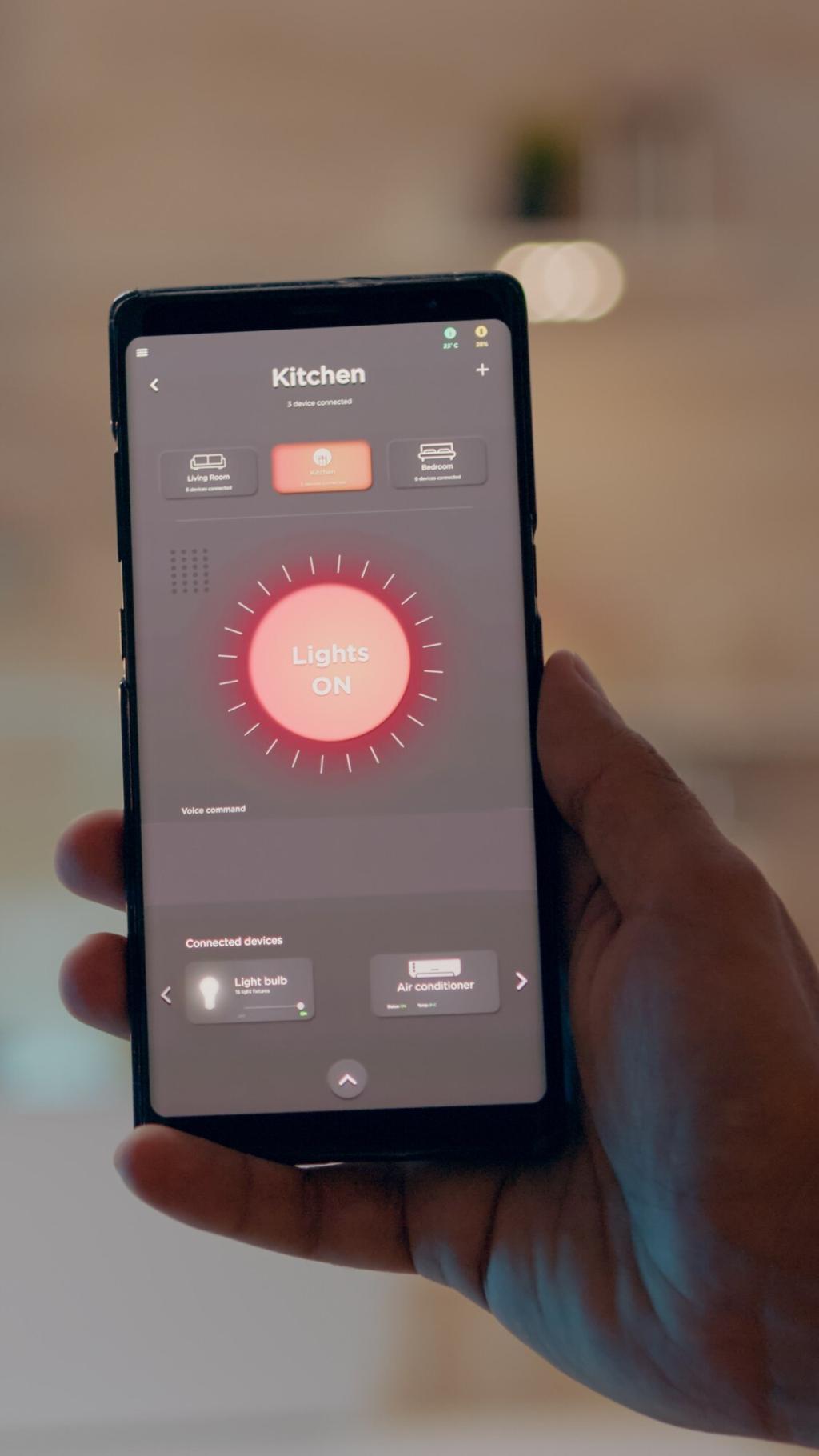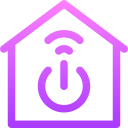Creating a Personalized Smart Home Experience
Welcome! Today’s theme is Creating a Personalized Smart Home Experience—your blueprint for turning everyday routines into effortless moments. Join in, share your habits, and subscribe for weekly ideas that make your home feel uniquely yours.

Map Your Daily Rhythm
Track a week of mornings, evenings, and weekend habits. Note when lights should greet you, which rooms you actually use, and moments that feel hectic. Personalization grows from patterns, so share your top three daily pain points in the comments.
Define Must‑Haves vs Nice‑to‑Haves
List outcomes, not gadgets: calmer bedtime, safer entryway, or energy savings without sacrificing warmth. Rank them together as a household, and revisit monthly. This keeps purchases focused and meaningful, not influenced by hype or ads.
Invite Everyone to the Table
Personalized means inclusive. Ask partners, kids, roommates, and guests what confuses them and what delights them. You’ll avoid over‑automation and design controls that feel natural for everyone. Comment with your household’s biggest smart home disagreement.
Choose Platforms and Standards That Flex With You
Matter, Thread, and Backward Compatibility
Matter aims to simplify cross‑brand control, while Thread offers a resilient mesh for low‑power devices. If you’re multi‑ecosystem, verify Matter support and firmware roadmaps. Tell us which ecosystems you use so we can tailor future tips.
Bridges, Hubs, and Avoiding App Clutter
Centralize routines in one or two places to keep life simple. A reliable hub can unify scenes and reduce lag. Consolidation prevents “tap fatigue” and helps others in your home learn quickly. What’s your current app sprawl count?
Local First, Cloud When It Helps
Favor local processing for speed and privacy, then add cloud features deliberately for remote access or rich integrations. Hybrid setups balance resilience and convenience. Share whether you prioritize offline reliability or advanced cloud automations.
Design Controls You’ll Actually Use
Customize assistant phrases you’ll remember under stress. Create room‑aware commands, change wake words if available, and train voice profiles. Add confirmations for sensitive actions. Comment with your most used voice scene and why it sticks.
Design Controls You’ll Actually Use
Smart dimmers, labeled buttons, and multi‑press actions beat hidden app menus. Choose placements you can find in the dark and keep emergency functions manual. Ask a friend to navigate your lights; note their confusion and refine.


Room‑by‑Room Personalization That Feels Effortless
Use occupancy sensing to nudge lights warm in the evening and cooler by day. A silent automation can preheat the room before family time. Keep a physical override for spontaneous gatherings. What living room moment should your home anticipate?



Iterate With Data, Stories, and Community
Pick one routine—bedtime or arrival—and test a small automation. Journal friction points and feelings, not just success rates. Our reader Maya cut evening stress by 30% after dimming lights earlier. Share your experiment plan below.


Iterate With Data, Stories, and Community
Track comfort, time saved, and energy trends, not just device counts. A simple dashboard can reveal when lights linger or rooms overheat. Celebrate tiny wins that feel big. Which metric motivates you most—calm, cost, or control?
